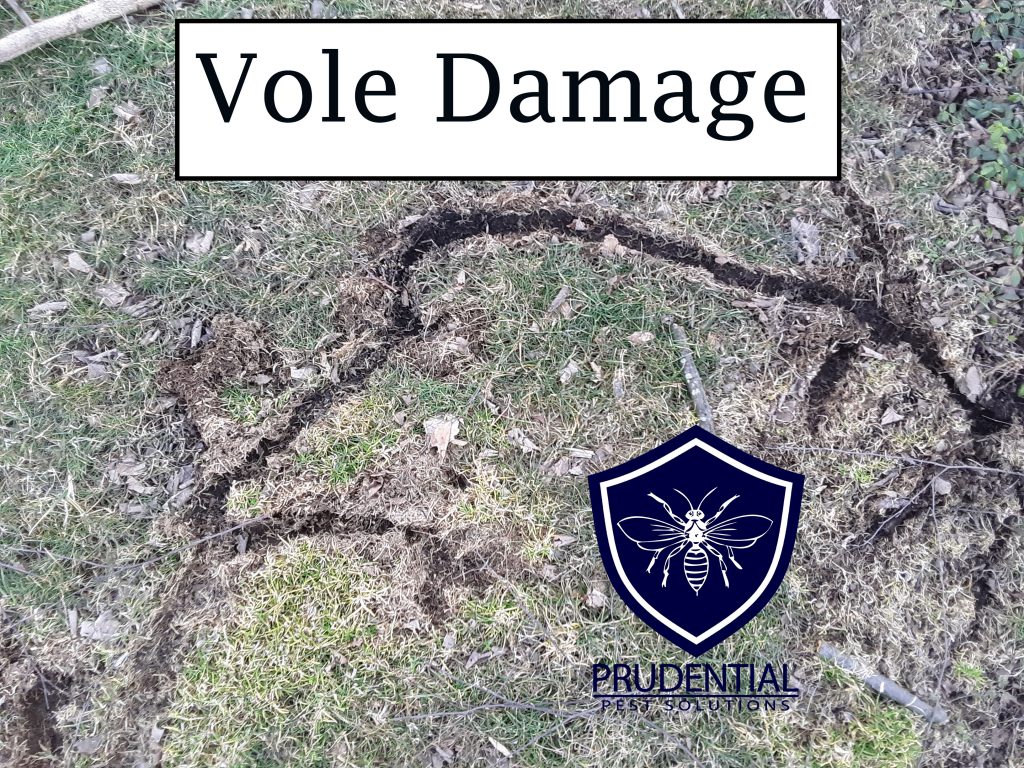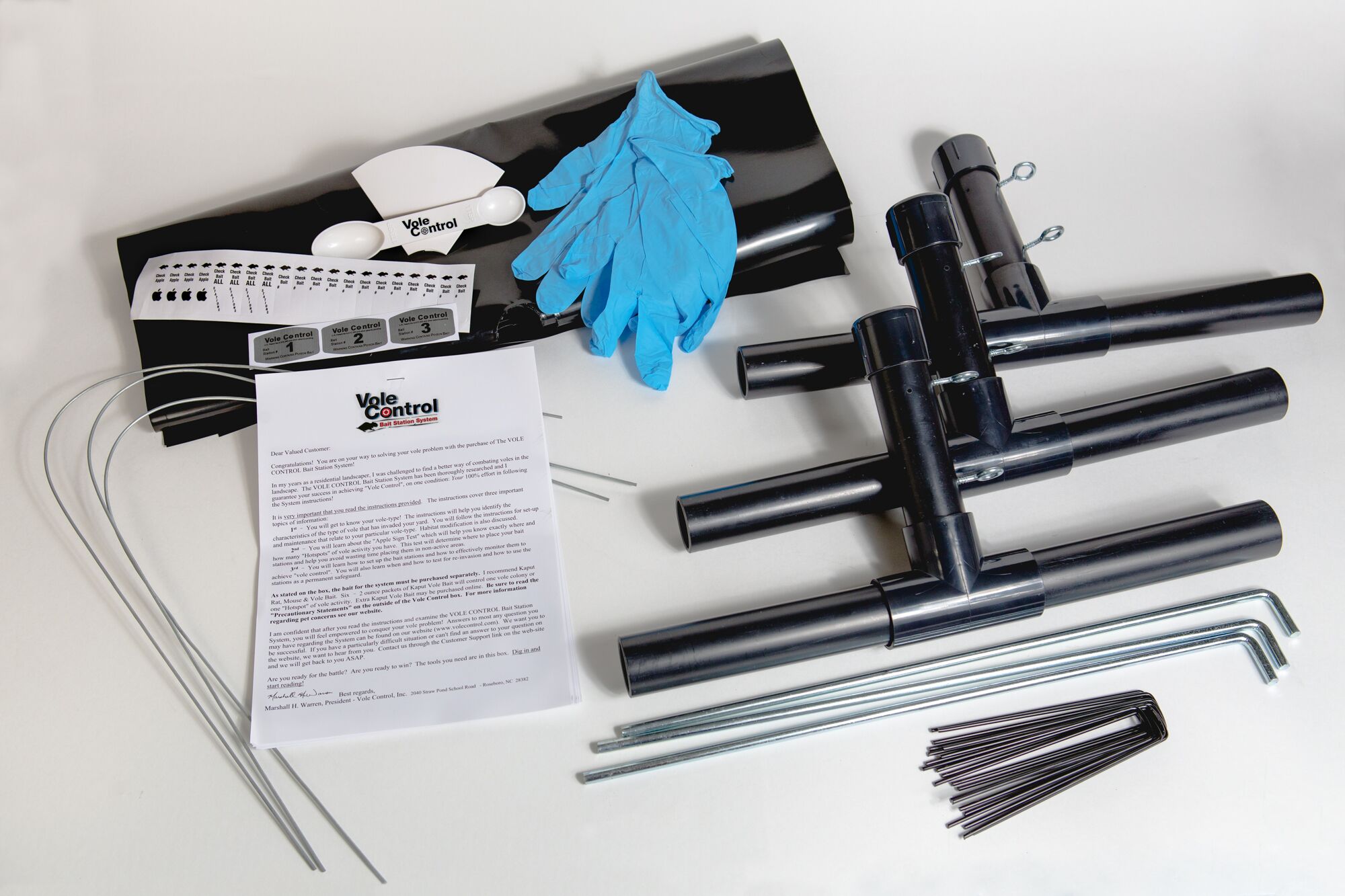Comprehensive Vole Pest Control Services in Utah
Comprehensive Vole Pest Control Services in Utah
Blog Article
Understanding Vole Bug Control: Comprehensive Insights on Problem Avoidance and Therapy Strategies
As homeowner and caretakers, the existence of voles can pose a considerable obstacle to preserving the honesty of our exterior spaces. Recognizing the complexities of vole behavior is critical in creating effective pest control methods. By acknowledging the refined indications of vole invasion at an early stage, we can take positive measures to avoid prevalent damage. In this conversation, we will certainly explore the subtleties of vole actions, explore the identification of infestation indications, and discover the most efficient avoidance and therapy techniques. Stay tuned to find the insights that will equip you to master vole bug control and guard your home versus these elusive rodents.
Comprehending Vole Habits
Taking a look at the foraging patterns of voles provides valuable insights right into their actions and habitat choices. By observing their foraging actions, researchers can gain a much better understanding of where voles favor to establish their environments and the degree of their ecological influence.
Research indicates that voles display selective feeding behaviors, liking tubers, origins, and seeds. This nutritional preference influences their foraging patterns, leading them to locations abundant in greenery and ground cover. Additionally, voles are known to produce elaborate tunnel systems for foraging and nesting functions, indicating a high degree of adaptability to their surroundings.
Understanding vole actions is essential for applying targeted bug control procedures that disrupt their habitat choices and foraging tasks (vole control). By examining their habits, specialists can establish much more reliable avoidance and therapy techniques to take care of vole problems

Identifying Signs of Vole Invasion
Vole infestations can be found by acknowledging specific signs of their visibility in an area. Among one of the most typical signs of a vole problem is the visibility of surface area paths. Voles produce networks of slim pathways on the ground that are generally about two inches broad. These runways are commonly found in grassy locations or under compost or ground cover where voles can relocate freely and search for food.
One more essential indicator of vole infestation is the existence of small burrow openings in the ground. Voles dig superficial burrow systems with numerous entries and exits. These burrows act as shelter and nesting websites for the voles. Furthermore, voles are known to leave behind chewed plant stems, roots, and light bulbs near their burrow openings, indicating their feeding activity in the location.
Finding these droppings along paths or near burrow openings can verify a vole problem. By being watchful for these indicators, home proprietors can promptly attend to vole problems and avoid more damage.
Executing Aggressive Prevention Procedures

Moreover, utilizing natural vole deterrents like castor oil-based repellents or predator urine can work as effective preventive procedures. It is additionally recommended to frequently inspect outdoor spaces for any kind of indicators of vole task, such as runways or tunnel openings, to address prospective infestations without delay. vole yard damage. By taking on these positive avoidance strategies, homeowner can significantly minimize the possibility of vole damages and keep the health and aesthetics of their landscapes
Efficient Treatment Approaches
Incorporating targeted capturing methods and utilizing moved here accepted rodenticides are essential elements of reliable treatment strategies for handling vole infestations. Trapping can be an effective means to minimize vole populaces, especially when positioned strategically in their energetic paths. Break catches and live traps can both work, with the last permitting for the capture and moving of voles. When making use of rodenticides, it is critical to adhere to safety guidelines to avoid harm to non-target animals and animals. Location rodenticides in safe and secure lure stations to reduce risks to unplanned targets. In addition, environment adjustment, such as decreasing ground cover and eliminating resources of food, can help prevent voles from infesting an area. Normal tracking and maintenance are also vital elements of successful therapy methods to make certain that vole populaces are kept under control. By integrating trapping, rodenticides, environment adjustment, and regular tracking, effective vole parasite control can be attained.
Surveillance and Maintenance Tips
Preserving a methodical schedule for tracking and conducting routine upkeep activities is crucial to sustain the effectiveness of vole pest control steps. Normal surveillance enables the early detection of vole activity, enabling punctual treatment before invasions get worse. To effectively keep an eye on vole populaces, purposefully placed traps can be used in vole runways or near burrow entrances. By frequently examining these traps, homeowner can gauge the level of vole activity and readjust control methods appropriately.
Additionally, preserving a well-kept and neat landscape is essential in vole prevention. Cleaning away particles, such as stacks of wood or thick plants, eliminates prospective vole environments. Regularly cutting and trimming grass vegetation helps in reducing vole concealing spots and minimizes their accessibility to food resources.
Furthermore, continuous maintenance of physical obstacles, such as fences or wire mesh, is crucial to avoid vole invasion. Checking and repairing any kind of damages to these frameworks makes certain that vole control remains efficient in protecting properties from infestations. By including these tracking and upkeep methods into a detailed vole parasite control plan, individuals can effectively take care of vole populations and protect their homes from damages.
Verdict
In final thought, understanding vole insect control requires a solid understanding Going Here of vole habits, the capability to find here identify indications of infestation, executing positive prevention measures, efficient treatment techniques, and consistent tracking and upkeep. By taking a comprehensive method to vole control, people can successfully manage and avoid invasions, inevitably protecting their property and bordering setting from damage triggered by these tiny rodents.
In this discussion, we will discover the subtleties of vole actions, dive right into the recognition of invasion signs, and uncover the most reliable prevention and therapy methods.Integrating targeted trapping approaches and making use of accepted rodenticides are vital components of reliable treatment strategies for handling vole problems. To successfully keep track of vole populaces, purposefully put catches can be used in vole paths or near burrow entryways. Inspecting and repairing any problems to these structures guarantees that vole control continues to be reliable in securing residential properties from invasions. By incorporating these monitoring and upkeep methods into a detailed vole parasite control plan, individuals can properly handle vole populaces and safeguard their properties from damage.
Report this page